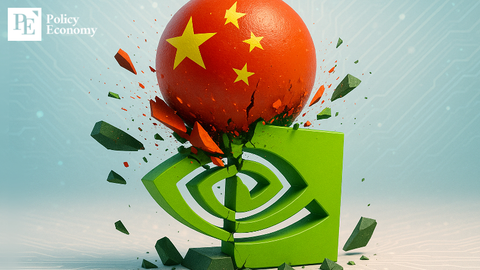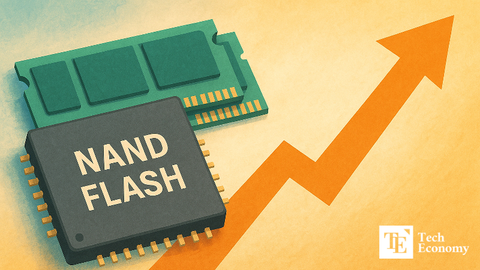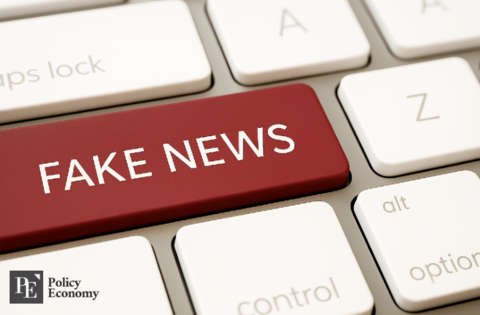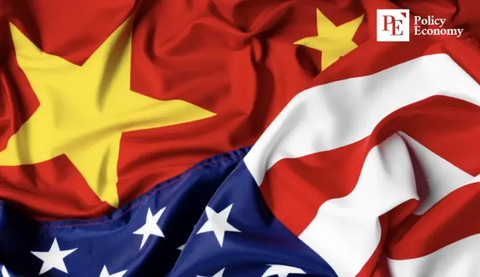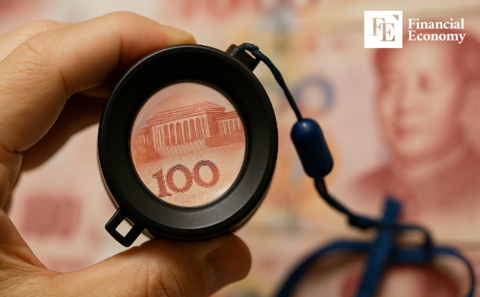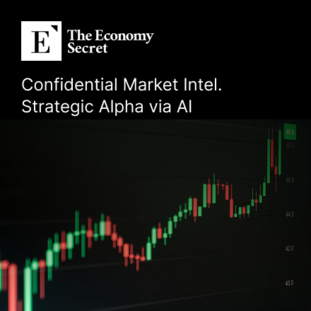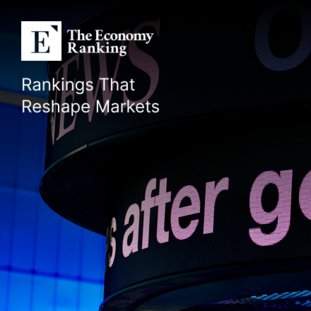‘Trump Tariffs’ Shake Domestic Economy, Spreading Fears of Dual Recession Amid Consumption Slowdown and Investment Contraction
Input
Modified
Tariff War Triggers Inflation Storm, Directly Hitting U.S. Consumers Dollar’s Fall Accelerates, Shaking Its Status as Reserve Currency Fed’s Rate Hikes Inevitable, Fueling a Vicious Cycle of Growth Slowdown
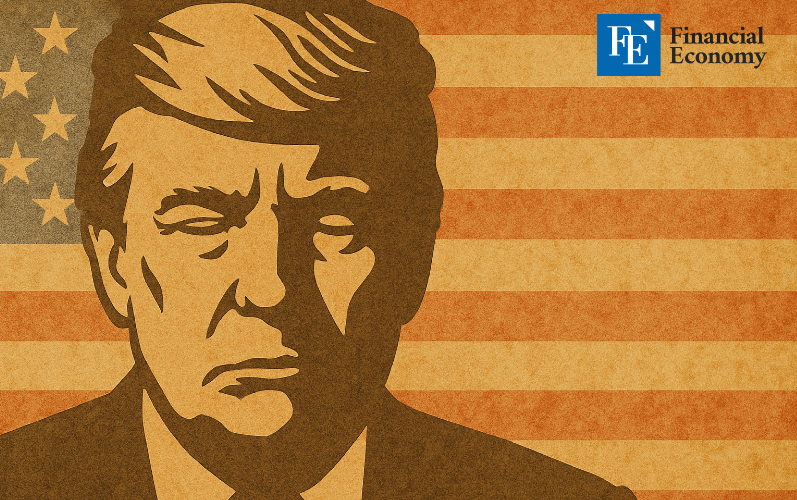
When former U.S. President Donald Trump initiated his aggressive tariff campaign, he framed it as a bold strategy to restore fairness to global trade and revitalize American manufacturing. By slapping tariffs on imports—particularly from China—Trump claimed he would bring jobs back home, correct trade imbalances, and reassert America's economic supremacy. Yet, what was once hailed as a forceful maneuver is increasingly spiraling into a self-inflicted wound. Mounting inflation, crumbling investor confidence, and signs of economic slowdown are raising the specter of a dual recession marked by weakened consumption and contracting investment. Far from strengthening the U.S. economy, the tariff onslaught now threatens to undercut it.
Trump’s Plan to ‘Normalize’ Global Economic Order with Indiscriminate Tariff Bombs Is Falling Apart
Trump’s grand design to "normalize" global economic structures through indiscriminate tariffs has veered off course. Though he postponed mutual tariffs with more than 70 countries—with China pointedly excluded—the gesture failed to reassure investors. Global players continued divesting from once-sacrosanct U.S. assets like Treasury bonds and the dollar, signaling a sharp decline in trust. Simultaneously, inflationary pressures at home grew louder, undermining Trump’s belief that the American economy would power through a tariff-driven storm unscathed.
The New York Times, analyzing U.S. household import patterns, highlighted an uncomfortable truth: Americans' daily lives are inextricably linked to Chinese manufacturing. Essential household items such as toasters (99%), microwaves (90%), blenders (83%), and even everyday goods like pots (82%), plates (80%), and scissors (79%) overwhelmingly come from China. Tariffs on these products mean not just higher prices but serious limitations for American consumers trying to furnish their homes affordably.
The reality is even grimmer for businesses. Despite Trump's "Made in America" campaign, the American manufacturing sector cannot easily replace China’s vast and cost-effective production ecosystem. Andy Tsai, a professor at Santa Clara University, pointed out that while companies initially went to China seeking cheap labor, they now remain locked into its well-established industrial network—something the U.S. simply cannot replicate. In China, enormous factories with up to 300,000 workers living onsite are common, an operational model that would be impossible to recreate in America.
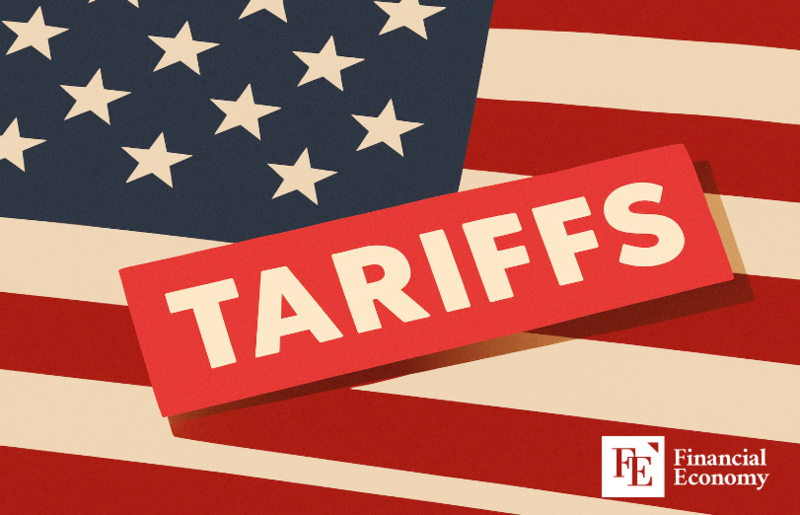
Tariff Burdens Are Being Passed Directly to American Companies and Consumers
The tariff war has not only disrupted supply chains but is also punching holes directly in the wallets of American consumers. On Amazon, the world's largest e-commerce platform, price increase notifications have become an almost daily occurrence. Before the tariff wars, consumers frequently received alerts when prices dropped. Today, such notifications have all but disappeared, replaced by warnings of rising costs.
The ripple effects extend beyond Amazon. Chinese e-commerce powerhouse Shein recently hiked its U.S. prices dramatically. According to Bloomberg, prices for simple items like kitchen towels skyrocketed by 377% in just one day. Household goods, kitchenware, toys—all experienced price jumps of about 30%. Even in the beauty and health sectors, average prices for top products rose by approximately 50%.
China’s state-run Global Times did not hold back in its critique, stating that the Trump administration’s tariff policies were "boomeranging" back onto American households. The editorial warned that this "chaos is just beginning," dismissing retaliatory tariffs as expensive political theater rather than meaningful economic policy. It further emphasized that the notion of "excluding China" from global supply chains is not only unrealistic but fundamentally disconnected from economic reality.
These price surges and supply chain disruptions illustrate how, contrary to Trump's claims, tariffs have not made America stronger or more self-sufficient. Instead, they have magnified inflationary pressures and exposed the country's profound dependence on Chinese manufacturing.
Global Trust Collapse: The ‘Trump Risk’ Becomes Reality
As Trump’s erratic tariff policies wreak havoc domestically, they are also triggering a deeper financial contagion: a collapse in global trust toward American economic leadership. Interest rates on U.S. Treasury bonds—a longtime symbol of global stability—have spiked sharply, pushing bond prices down and rattling financial markets. At the same time, the value of the dollar has plunged, undermining its traditional role as the world's reserve currency.
Investors, sensing instability, have accelerated a "Sell America" movement, offloading U.S. assets at a worrying pace. Meanwhile, the fiscal burden of Trump’s large-scale tax cuts has only exacerbated the situation, leading to even greater upward pressure on bond yields. For a government already grappling with staggering debt—roughly $52.5 trillion as of the end of last year—the cost of servicing that debt has become even more alarming. Annual interest payments now stand at about $1.3 trillion, exceeding even the Pentagon’s defense budget.
Trump’s decision to suspend some tariffs can be seen as a reluctant acknowledgment of this spiraling fiscal danger. However, relief from the Federal Reserve is unlikely. With inflation remaining stubbornly high, Fed Chair Jerome Powell has made it clear that talk of a policy pivot is premature. In April, American consumers’ one-year inflation expectations surged to 6.7%, the highest in 44 years, largely fueled by rising import costs due to reciprocal tariffs.
Compounding the problem is Trump's relentless public pressure on the Federal Reserve. Through social media, he downplayed inflation fears and demanded repeated interest rate cuts, even insulting Powell by labeling him "Mr. Too Late" and "a major loser." Although Trump later softened his threats to remove Powell, his aggressive rhetoric continued, insisting that "now is the perfect time" to lower rates.
Such presidential interference has not gone unnoticed. The Wall Street Journal warned that Trump's attacks risk eroding the principle of central bank independence—an essential pillar of global financial trust. As Trump ramped up his criticism, markets reacted: the New York Stock Exchange dipped, the dollar weakened further, and Treasury yields rose, adding new layers of anxiety. The chances of an imminent rate cut, once seen as a possible market stabilizer, now seem more remote than ever.
In the end, Trump's tariff gamble has not only bruised America’s trade relations but also shaken its financial core. What began as a show of strength is now unfolding as a multi-front economic challenge, with American consumers, businesses, and markets all bearing the consequences.


